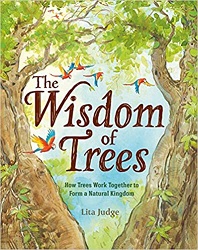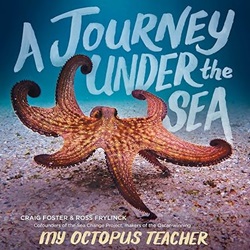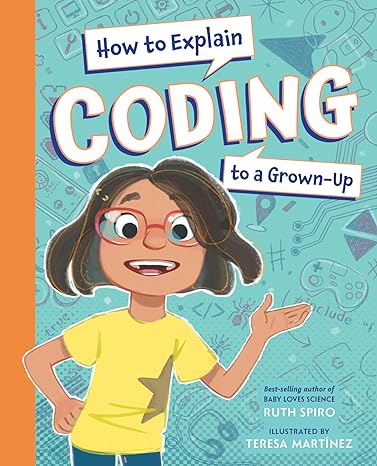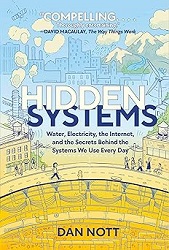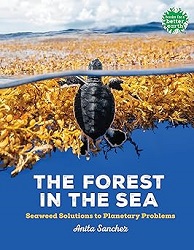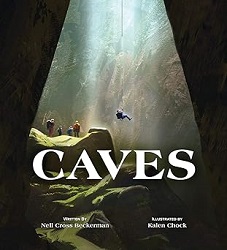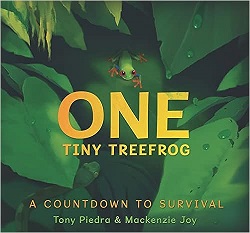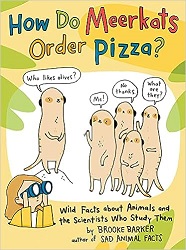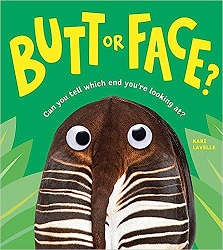Review of Encyclopedia of Strangely Named Animals, Volume One, by Fredrik Colting & Melissa Medina, illustrated by Vlad Stankovic
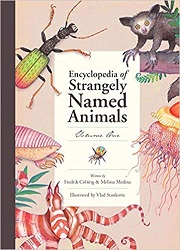 Encyclopedia of Strangely Named Animals
Encyclopedia of Strangely Named Animals
Volume One
by Fredrik Colting & Melissa Medina
illustrated by Vlad Stankovic
Moppet Books, 2020. 52 pages.
Review written November 14, 2020, from a library book
This book is too much fun not to write a review. This “Encyclopedia” is for young readers. It lists twenty-eight strangely named animals. Each animal gets at least a page, sometimes two, with a large picture and a short and simple paragraph about the animal. It’s straightforward – but so much fun to browse.
Here’s an example, without the impressive pictures:
Sarcastic Fringehead
The Sarcastic Fringehead is a small fish with a very big mouth that makes its home in empty shells off the coast of California. When two Sarcastic Fringeheads get into a territorial argument over a shell, they settle it by pressing their huge mouths against each other. And just like sarcastic people, whoever has the biggest mouth is the one who wins the argument.
Other strangely named animals listed here include the Chicken Turtle, Gorilla Gorilla Gorilla, Sparklemuffin (a kind of Australian spider), Pleasing Fungus Beetle, White-Bellied Go-Away Bird, Pink Fairy Armadillo, Boops Boops, Tasseled Wobbegong, and Striped Pajama Squid. This book is a delight for curious people of all ages.
Disclosure: I am an Amazon Affiliate, and will earn a small percentage if you order a book on Amazon after clicking through from my site.
Disclaimer: I am a professional librarian, but the views expressed are solely my own, and in no way represent the official views of my employer or of any committee or group of which I am part.
What did you think of this book?
*Note* To try to catch up on posting reviews, I’m posting the oldest reviews I’ve written on my blog without making a page on my main website. They’re still good books!
